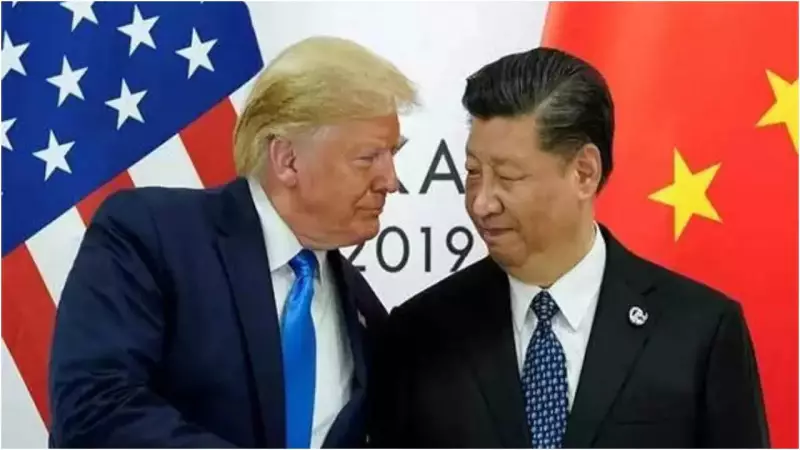
The shadow of nuclear weapons has loomed large over global politics for decades, but a critical question emerges: why did the United States, once the most prolific nuclear tester, suddenly halt its atomic experiments? The answer reveals a complex web of strategic decisions that continue to shape our world today.
The Turning Point: Why America Stopped Testing
Following the intense nuclear rivalry of the Cold War era, the United States made a landmark decision to cease nuclear testing. This wasn't a sudden change of heart but a calculated strategic move driven by several key factors:
- Technological Advancement: American scientists had reached a point where computer simulations could effectively replace physical testing, providing reliable data without environmental consequences
- International Pressure: Growing global concern about radioactive fallout and environmental damage created diplomatic momentum for testing limitations
- Economic Considerations: The enormous costs of maintaining testing facilities and developing new weapons became increasingly difficult to justify post-Cold War
- Diplomatic Strategy: The Comprehensive Nuclear-Test-Ban Treaty (CTBT) emerged as a framework for global nuclear restraint
The Modern Dilemma: Are We Heading Toward Renewed Testing?
Recent geopolitical developments have sparked serious concerns about a potential return to nuclear testing. With rising tensions between major powers and nuclear-armed nations modernizing their arsenals, the stability maintained by testing moratoriums faces unprecedented challenges.
"The delicate balance of nuclear deterrence depends heavily on mutual restraint," explains Dr. Arjun Mehta, a nuclear policy analyst. "When one major power resumes testing, it creates domino effect concerns that could unravel decades of non-proliferation efforts."
Global Implications: Who's Watching and Waiting?
The United States' decision to maintain its testing halt sends powerful signals across the international community. Nations like China, Russia, and North Korea are closely monitoring American nuclear policy, with their own testing decisions potentially hanging in the balance.
- China's nuclear expansion continues at a concerning pace, though they maintain their own testing moratorium
- Russia's recent treaty withdrawals have created uncertainty about their long-term testing intentions
- Regional nuclear powers like Pakistan and India maintain cautious postures, watching major power behavior closely
The Future of Nuclear Deterrence
As technology evolves, so does the nature of nuclear threats. The emergence of hypersonic weapons, advanced delivery systems, and potential space-based capabilities creates new dimensions to an already complex security landscape. The question remains whether existing treaties and moratoriums can adapt to these technological shifts.
The world stands at a nuclear crossroads. The decisions made by the United States and other nuclear powers in the coming years will determine whether we continue toward gradual disarmament or enter a dangerous new chapter in atomic weapons development. The stakes couldn't be higher for global security and future generations.





